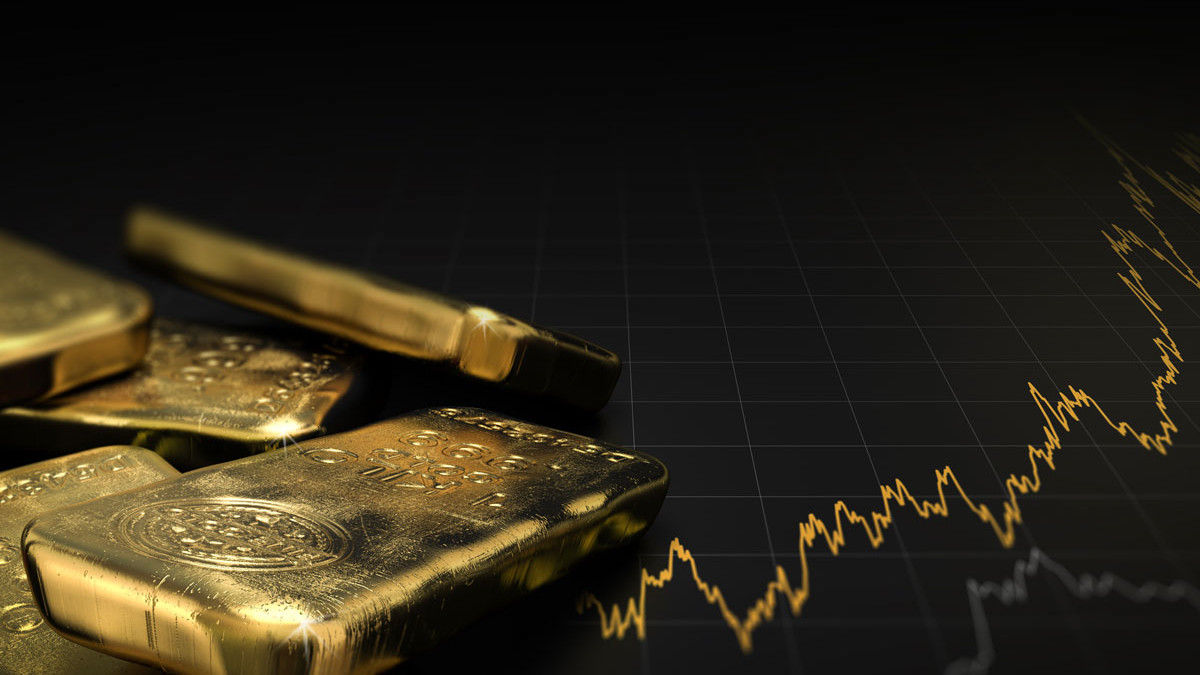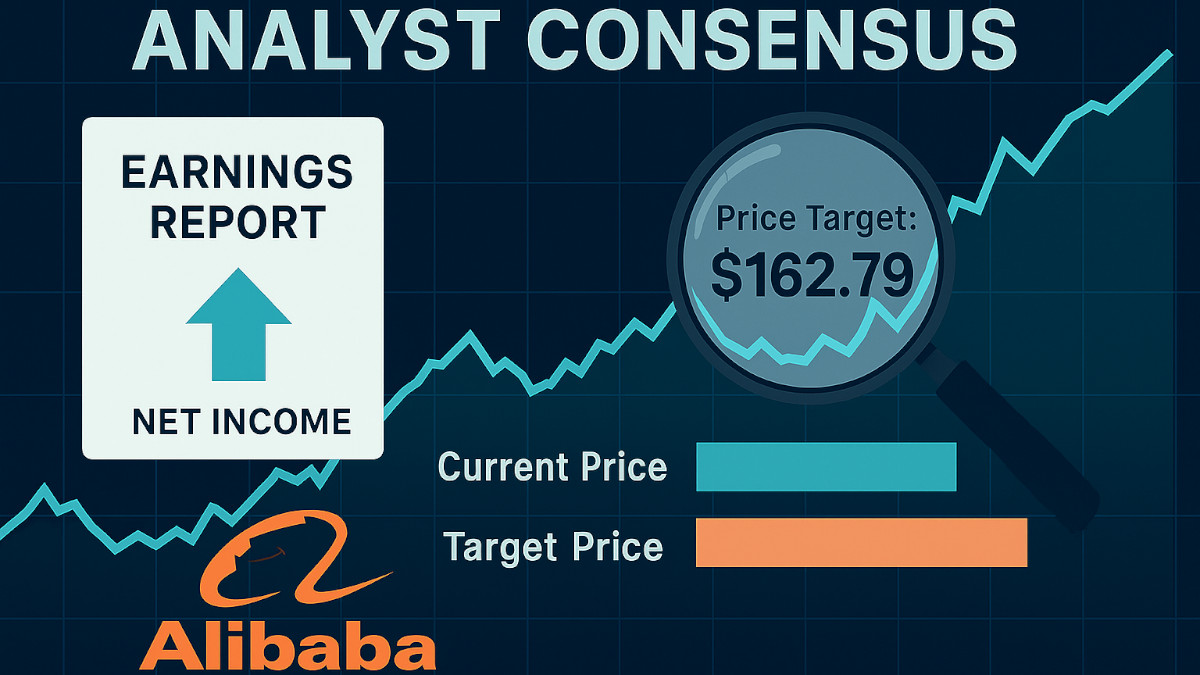China’s Historic Rate Cut: How to Profit from the Market Confusion

China overwhelmed the markets on Monday by cutting its 5-year loan prime rate (LPR) by 25 basis points, the largest cut ever, to 3.95%. The move was aimed at supporting the collapsing real estate sector, which is facing a severe liquidity crisis and a wave of defaults.
How will this monetary easing affect global markets, particularly emerging markets and commodity exporters?
China’s Rate Cut
The main reason behind China’s rate cut was to lower the mortgage rates for homebuyers and ease the financial pressure on property developers. The rate cut could also help the cash-strapped property developers, who are facing a liquidity crunch and a wave of defaults.
Evergrande, for example, has more than $300 billion of debt and has missed several interest payments to its bondholders and suppliers.
Some analysts argue that the rate cut is too little, too late to revive the property sector: the government has imposed strict limits on home purchases, bank lending, and land sales, as well as tightened the scrutiny on the developers’ finances and operations. These policies have dampened the demand and supply of housing, leading to a sharp decline in sales, prices, and construction activity.
On the other hand, rate cut could boost consumer confidence and spending, but it may also fuel inflation and asset bubbles, especially in the stock market. The rate cut could also weaken the yuan, which has depreciated by about 2% against the dollar since November, making China’s exports more competitive but also increasing the cost of imports and external debt.
China’s Rate Cut: A Mixed Bag for the Global Markets
China's move impacts the global scene has both positive and negative implications for the global markets, with potential benefits for some and challenges for others.
Pros:
- Commodity exporters rejoice: Australia, Brazil, Canada benefit from China's raw material demand.
- Emerging markets will breathe easier: India, Indonesia, Turkey get a break from capital outflows and currency woes.
Cons:
- US, EU, and Japan will face pressure from cheaper Chinese exports.
- China's growing influence and strategic rivalry with the US could intensify.
China’s Rate Cut: Trading Strategies and Opportunities
Positives of China's rate cuts may
- Boost the performance of the Chinese equities, especially the sectors that are linked to the property market, such as materials, industrials, and consumer discretionary.
- Benefit the Chinese bonds, as the lower interest rates could increase the demand and lower the yields of the fixed-income securities.
- Attract more foreign capital into China’s financial markets, as the interest rate differential between China and the rest of the world remains attractive.
However, there is another side, rate cut could
- Increase the volatility and uncertainty of the Chinese markets, as the economic outlook and the policy direction remain unclear.
- Trigger a sell-off of the Chinese currency, as the lower interest rates could reduce the appeal of holding the yuan.
- Expose the traders to the credit and default risks of the Chinese companies, especially the property developers, who are facing a solvency crisis and a regulatory crackdown.
Here are some possible trading strategies and opportunities based on China’s rate cut:
- Buy Chinese stocks that are related to the property sector - these stocks could benefit from the lower mortgage rates and the improved liquidity conditions.
- Sell Chinese stocks that are sensitive to the exchange rate and the inflation - Tencent, Alibaba, and JD.com stocks could suffer from the weaker yuan and the higher import costs.
- Buy commodities that are in high demand from China - iron ore, copper, and soybeans commodities could benefit from the lower interest rates and the increased infrastructure spending. Supply and demand dynamics and the environmental factors play a big role, so be wary of that when deciding to trade.
- Sell emerging market currencies that are vulnerable to the capital outflows and the currency pressures - Indian rupee, the Indonesian rupiah, and the Turkish lira could suffer from the stronger dollar and the tighter monetary policy.
- Buy developed market currencies that are resilient to the trade and geopolitical tensions - Swiss franc, the Japanese yen, and the euro could benefit from the safe-haven demand and the relative stability.
Note: don’t forget about government intervention and fiscal stimulus.
Conclusion
The impact of China's rate cuts will depend on how the situation develops in the coming months and how authorities balance the conflicting goals of stability and reform.
Rate cuts could be followed by additional fiscal and monetary stimulus, as well as further regulatory easing and restructuring to boost confidence and economic recovery.
Alternatively, the rate cut could be a one-off measure as authorities remain and focus on the structural and long-term challenges of the economy.
You should closely monitor the developments in China and adjust your trading strategies. China’s rate cut could offer some attractive opportunities, but also some significant challenges, in the world’s second-largest economy.







